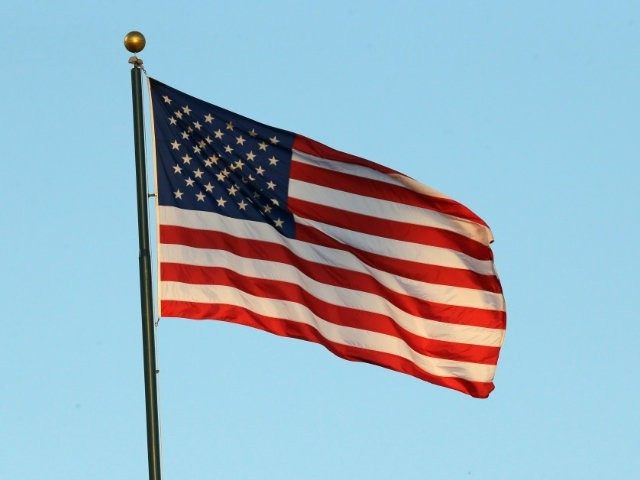In 1988, the year before the Soviet Union collapsed, The Economist magazine ranked the U.S. as the best country in which to be born. Today, just 25 years after its total victory in the Cold War, the U.S. only ranks as the 16th best country to be born in. Scandinavia, most of Northern Europe, Australia and New Zealand all offer newborns a brighter future. Even Canada offers more opportunity.
In recent years, Russia has expanded its influence both in the former Soviet Republics and the Middle East. China is investing heavily in Africa and Latin America and casting a wider influence throughout the Pacific region. Both countries do face enormous economic challenges, but not much different than that faced by America. The United States won the war, but lost the peace.
In 1988, the U.S. national debt was $2.6 trillion, equal to just over half the size of the economy. At the end of 2012, the U.S. debt was $16.4 trillion, exceeding the entire American economy for the first time. The per-capita share of the nation’s debt was 84% of per-capita income in 1988. At the end of 2012, the per-capita share of the debt was 189% of annual per-capita income. In other words, it would take almost two years of an individual’s total income to meet that person’s share of the nation’s borrowing.
In the 25 years since the end of the Cold War, both parties have occupied the White House the same number of years. The Republicans have controlled both Houses of Congress for 12 years, the Democrats 10, and for three years the parties split control. Bill Clinton, George W. Bush and Barack Obama all led governments with their parties in complete control for at least a handful of years.
America’s drop from the best place to be born to simply the 16th best place occurred on the watch of both parties. The measure in The Economist looks at economic outlook and quality of life, not a nation’s standing in the world.
At the end of 1988, 62.6% of the U.S. adult population was employed. At the end of 2014, 59.2% of the adult population was employed. If America today had the same employment ratio as it did 25 years ago, almost 8 million more Americans would be working. Interestingly, in 1988, the country had also been in a period of economic recovery for 5-6 years.
The nation doesn’t have much to show for all its borrowing over the last 25 years. The government’s debt has effectively doubled. Corporate debt has also skyrocketed in the intervening years. In 1988, U.S. companies had $675 billion in outstanding debt, equal to about 13% of the total economy. In 2014, total corporate debt had exploded to $13.6 trillion, almost equal to the annual economic output of the nation.
Yet, the U.S. now ranks 12th in the world in the rate of business start-ups. Until very recently, it had consistently led the world in this important measure of entrepreneurship. In 2008, the number of U.S. businesses closing each year exceeded the number starting for the first time in our history. This measure has worsened in the years since. A chief culprit is a lack of financing. This is hard to imagine considering the trillions borrowed by U.S. governments and businesses in recent years.
There are no doubt many reasons for the U.S.’s diminished stature in the world. It is critical that these be identified and addressed in the very near term. It is, however, also worth taking a moment to survey how far the U.S. has fallen.
Twenty-five years ago, America stood alone in the world with a dynamic, rapidly growing economy and unchallenged leadership. It was, quite obviously, the best country in which to be born and offered the brightest economic future. Today, children in 15 other nations have better future prospects.

COMMENTS
Please let us know if you're having issues with commenting.